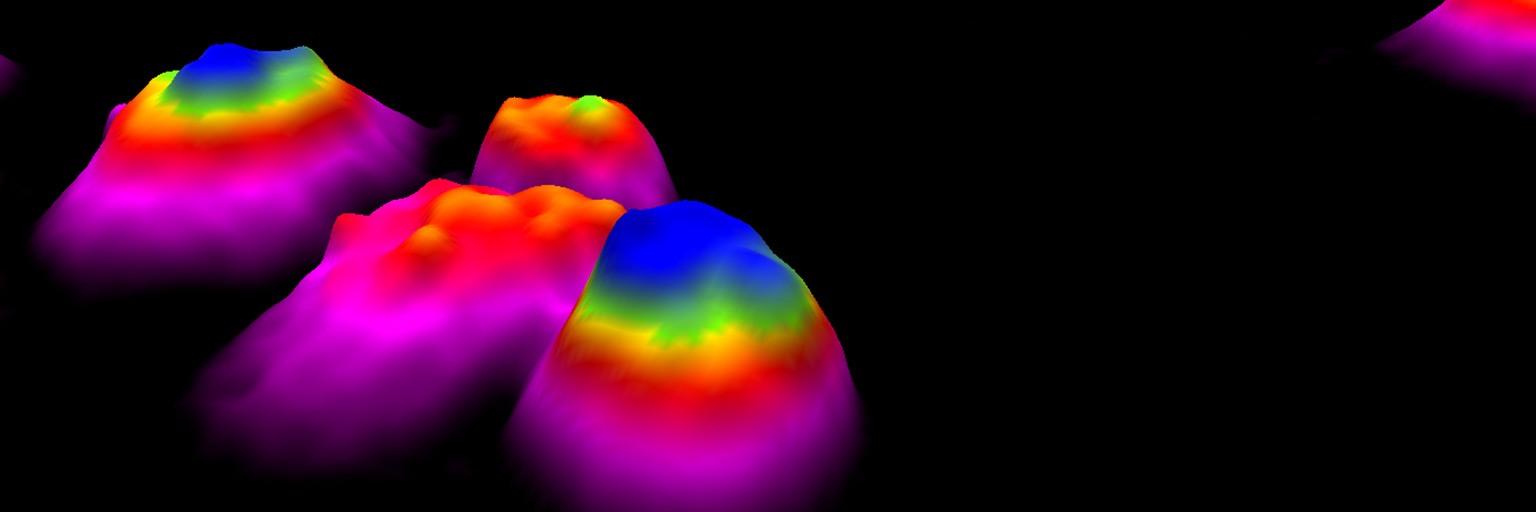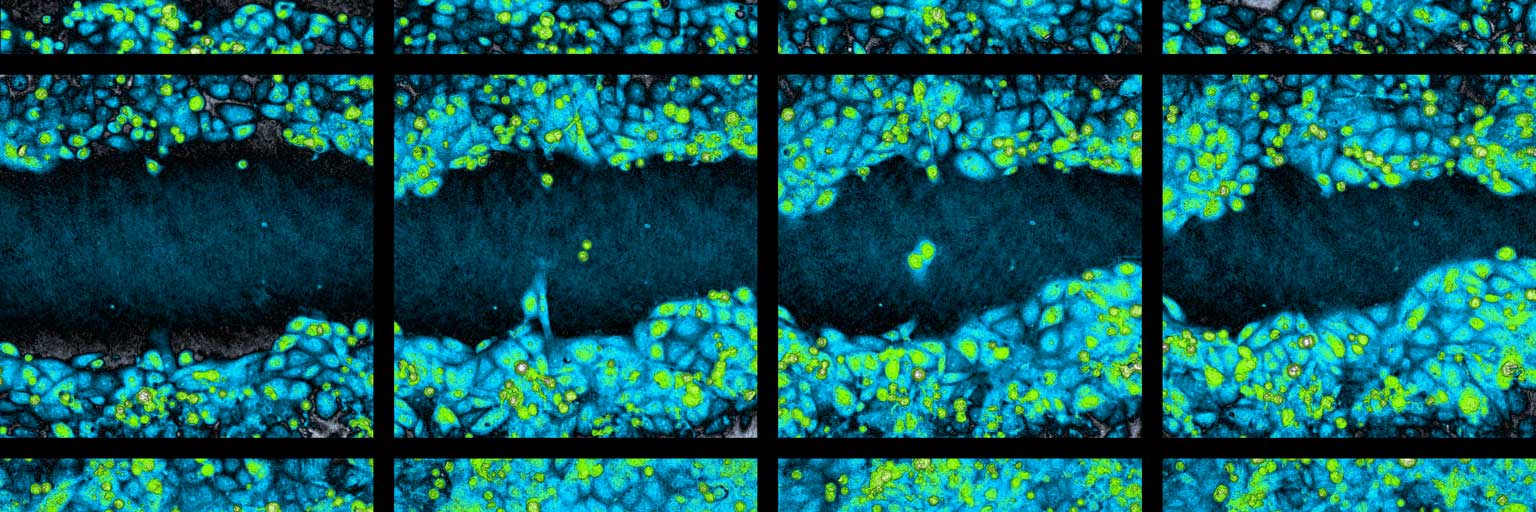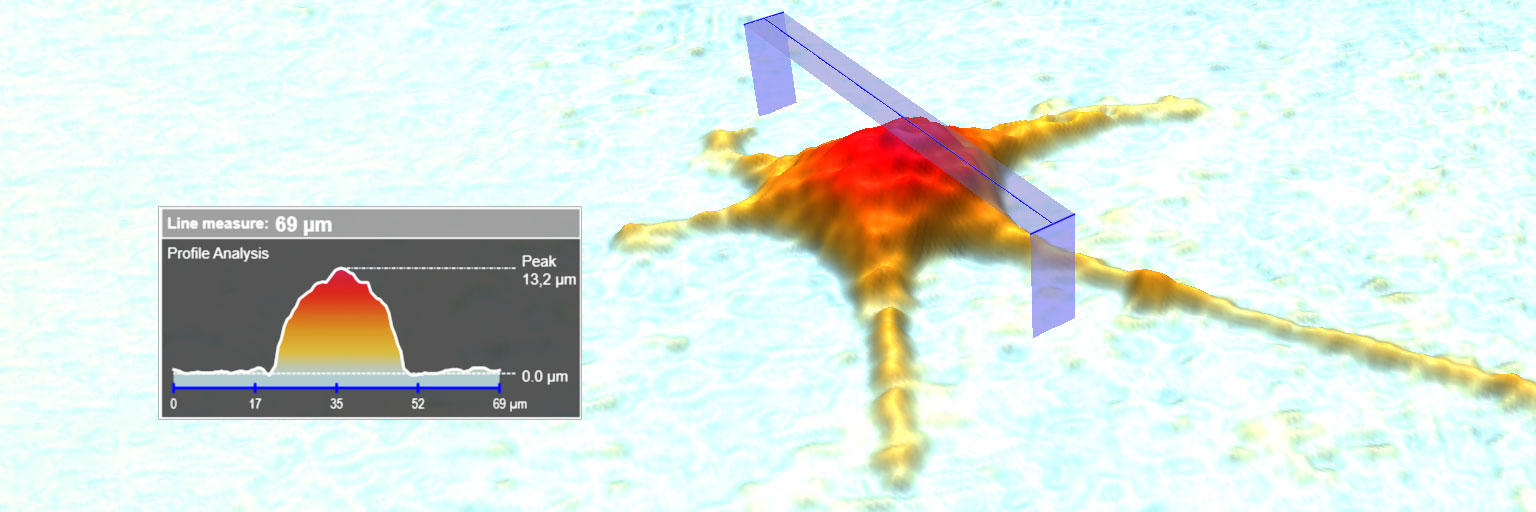created using HoloMonitor®
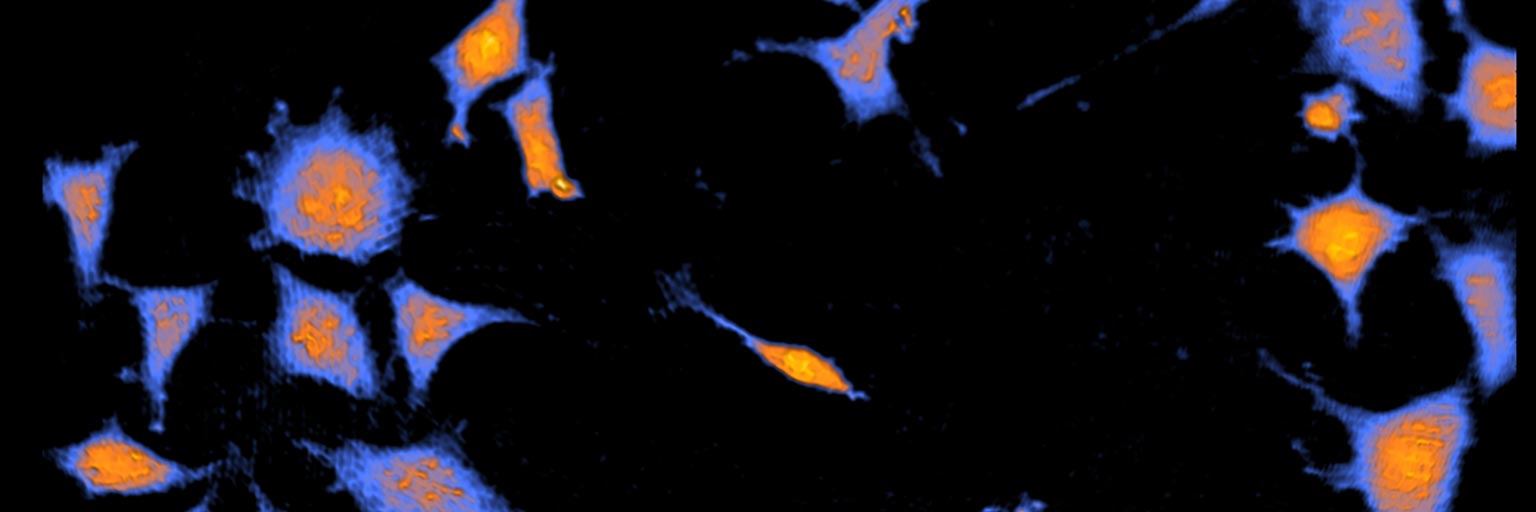

Cell Culture Quality Control
Avoid contaminated cells. Ensure the quality of your cells with a cell culture quality control (cell QC) assay, and detect undesired cell changes. HoloMonitor cell quality control assay provides a label-free solution to validate cell health inside your incubator.
The importance of cell quality control
It is well known that when cells are cultured over longer or shorter time periods they may undergo morphological changes. Quick assessment of the health and quality of a cell culture prior to experiments may, therefore, be useful to avoid unexpected or inferior results.
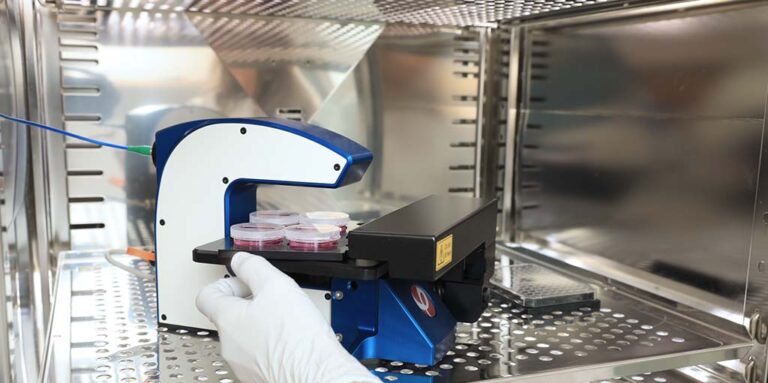
Since no labels or stains are needed when running a HoloMonitor assay, experimental setup is quick and easy. However, to ensure optimal experimental conditions, a quick cell quality control is recommended prior to imaging.
We are very happy with the HoloMonitor M4. It is very easy to use, produces consistent results since nearly 4 years and is a great way to gather a lot of quantitative biophysical metrics on adherent cells in a label-free and real-time way.
Pierre Bagnaninchi
Cell QC — Ensures Cell Health and Optimal Setup
The HoloMonitor® Cell Quality Control assay can be used to ensure that the cell count and/or confluence is appropriate at start of an experiment. The cell quality control assay can also be used as a tool to detect undesired changes in your cell culture as compared to previous experiment(s). We recommend that the cell QC is performed regularly on cells growing in log phase.
Detects cell morphological changes

The assay automatically presents cell count and confluence, as well as basic morphology of adherent cells.

Distribution graphs can help to detect any undesired changes in the cell culture.
Instant Cell Quality Assurance using HoloMonitor®
The HoloMonitor Cell QC assay reveals end-point data on cell population level. It is designed to be used as a tool to detect undesired changes in your cell culture as compared to previous experiments. As all HoloMonitor applications, the assay is cell-friendly and based on label-free live-cell imaging.
Endpoint data are given as values per well/condition:
- Cell count (cells/cm2)
- Mean cell area (µm2)
- Mean cell diameter (µm)
- Mean cell volume (µm3)
- Confluence (%)
If needed, further analyses can be undertaken for details on cell morphology and other parameters.

